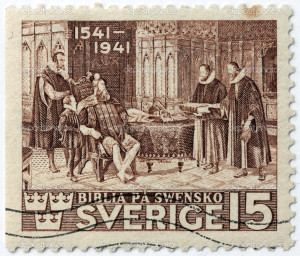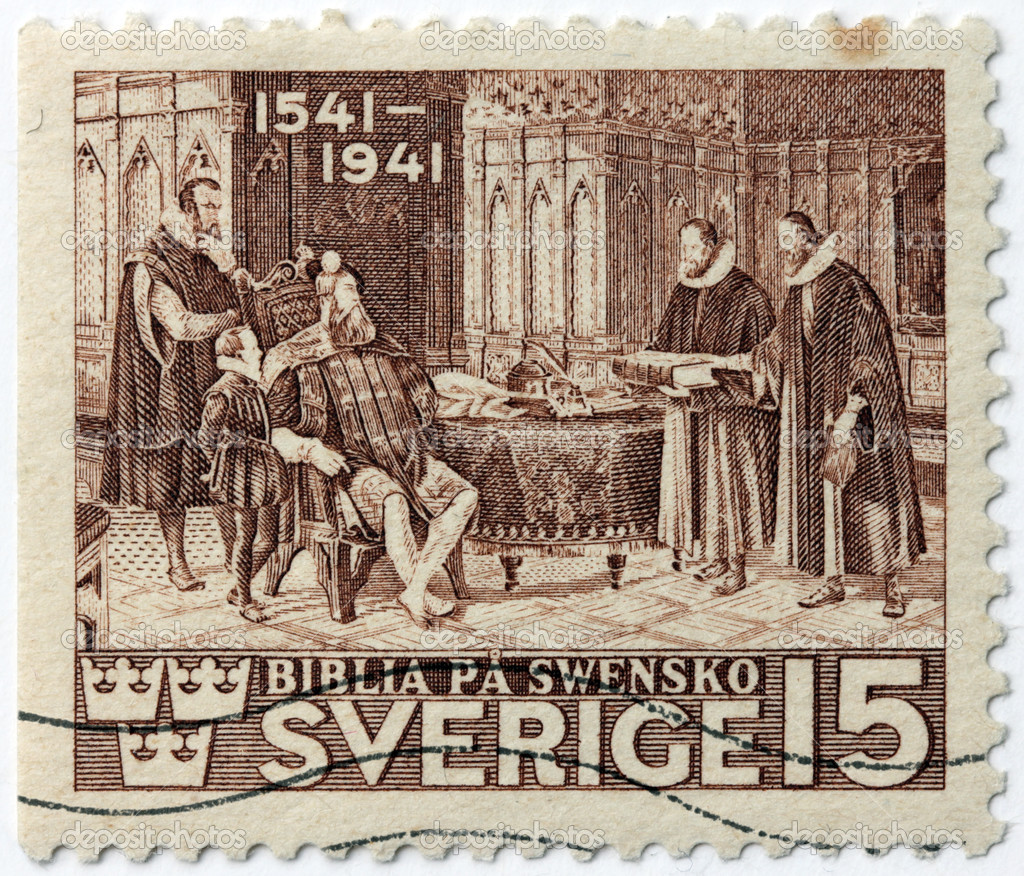
Writers in the Middle Ages would often take it upon themselves to read and “recreate,” in a way, a story or poem from a different language (say Latin or Greek) and translate it into the English, French, German, respectively. However, many of these writers would take the liberty to make a few changes along with the translation, which would result in an end product that differed greatly from the original. This happened because translation was often associated with the process of personally interpreting texts and writings, and changes were not only not frowned upon but credited and praised depending on how well they were carried out. Translation and interpretation of older texts, such as classic Greek and Roman fables and poems, was put back into the limelight as well during the Renaissance, when people began to look back on those times as the inspiration for how life should be. Thus, it was all the more important to translate into languages that more and more people could understand, not only Latin, so that the classics’ reach would be much more widespread.
Home » Blog » For Translation Buyers » Spectacular Vernacular
Spectacular Vernacular
- maryb
- Tags: Classics, Latin, Translation






